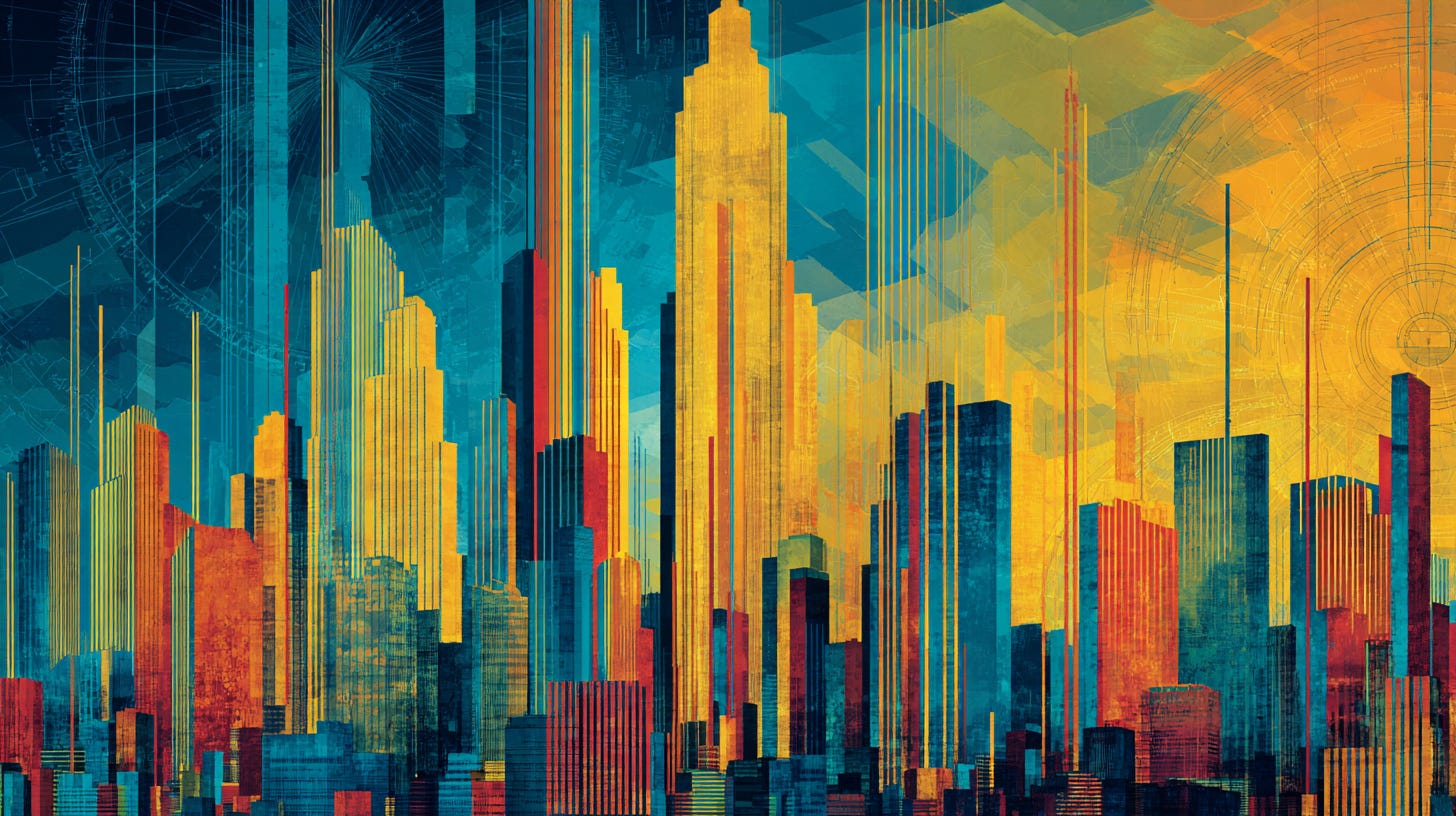Podcast Episode Details
Back to Podcast Episodes
📊 The US economy at midyear: My chat (+transcript) with economic analyst Joey Politano
My fellow pro-growth/progress/abundance Up Wingers,
With tariff and immigration policies uncertain, and the emerging AI revolution continuing to emerge, there’s plenty to speculate about when it comes to the US economy. Today on Faster, Please! — The Podcast, I invite Joseph Politano to help us try and make sense of it all.
He is the author of the popular Apricitas Economics Substack newsletter. Politano previously worked as an analyst at the Bureau of Labor Statistics.
In This Episode
* Trade and immigration headwinds (1:03)
* Unpredictable trade policy (7:32)
* Tariffs as a political tool (12:10)
* The goal: higher tariffs (17:53)
* An AI tailwind (20:42)
Below is a lightly edited transcript of our conversation.
Trade and immigration headwinds (1:03)
You're going to have what is probably the largest one-year change in immigration in US history.
Pethokoukis: What are the main economic headwinds that you're tracking right now? Or is it just trade, trade, trade?
Politano: It’s hard for me to not say it’s trade, trade, trade because that's what my newsletter has been covering since the start of this administration and I think it's where the biggest change in longstanding policy is. If you look back on, say, the last 100 years of economic history in the United States, that's the kind of level you have to go to find a similar period where tariffs and trade restrictions were this high in the United States.
At the start of this year, we were at a high compared to the early 2000s, but it was not that large compared to the 1970s, 1960s, the early post-war era. Most of that, especially in Trump's first term, was concentrated in China, and then a couple of specific sectors like steel or cars from Mexico. Now we have one, you had the big jump in the baseline — there's ten percent tariffs on almost all goods that come to the United States, with some very important exceptions, but ten percent for most things that go into the US. Then, on top of that, you have very large tariffs on, say, cars are 25 percent, steel and aluminum right now are 50 percent. China was up to 20 percent then went to the crazy 150 percent tariffs we had for about a month, and now it's back down to only 30 percent. That's still the highest trade war in American history. I think that is a big headwind.
The headwind that I don't spend as much time covering, just because it's more consistent policy — even if it is, in my opinion, bad policy — is on the immigration stuff. You're going to have what is probably the largest one-year change in immigration in US history. So we're going to go from about 2.8 million net immigration to a year, to people like Stan Veuger projecting net-zero immigration this year in the United States, which would be not entirely unprecedented — but again, the biggest shift in modern American history. I think those are the two biggest headwinds for the US economy right now.
You’re highlighting two big drivers of the US economy: trade and immigration. But analyzing them is tricky because recent examples are limited. To understand the effects of these changes, you often have to look back 50 or 100 years, when the economic landscape was very different. I would think that would make drawing clear conclusions more difficult and pose a real challenge for you as an analyst.
Again, I'm going to start with trade because that's where I focused a lot of my energy here, but the key thing I’m trying to communicate to p
Published on 2 months, 1 week ago